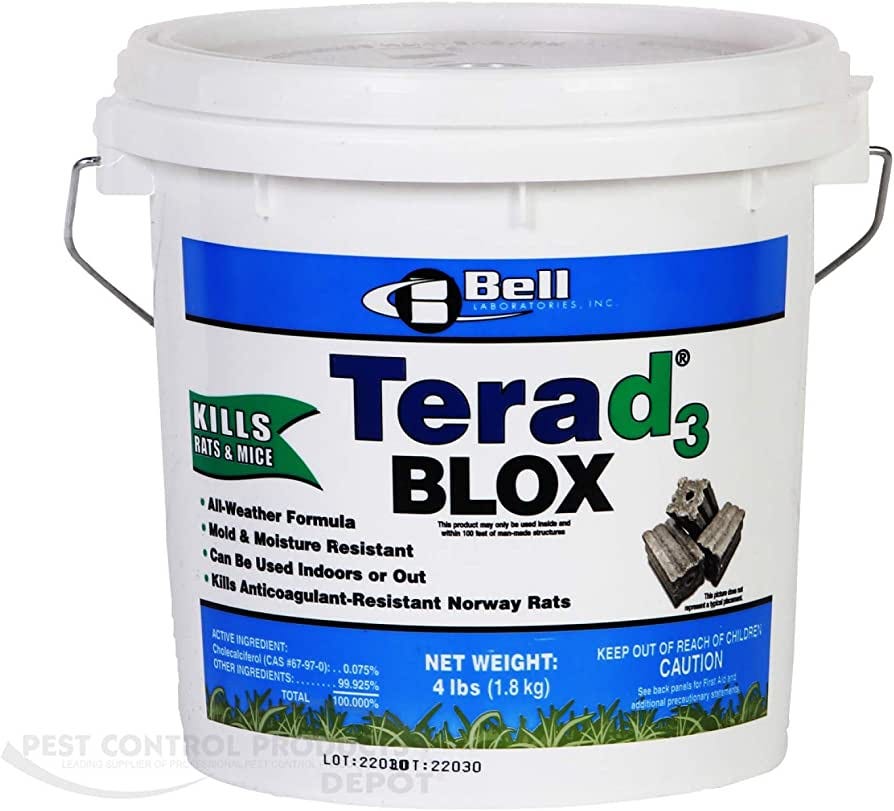The sun is the lifeblood of all Tan Landians. It keeps us healthy, strong, and full of vitality.
But if you happen to live in a part of the world with seasons, then you might wonder how to maintain your health during those sun-deficient times of year.
In this post we will discuss everything you need to navigate it, along with the tradeoffs you’ll be forced to make along the way.
Living with It, or Against It
Before continuing, it’s important to understand just how dramatically wintertime affects your health.
Just look at the nature— most organisms behave very differently during this time. From shedding leaves to hibernating for months, winter has profound effects.
Generally, this means a more relaxed, duller approach to life. Organisms use the winter to rest and repair ahead of the coming spring, much like sleep prepares us to survive the next day.
Most of your ancestors for the past 3-10k years were farmers. Wintertime was used for repairing tools, chopping firewood, and spending more time indoors— not hard labor.
And if they were warriors, well— just imagine you were a Gallic tribesman fighting the Romans in 56 BC. Every year in the late autumn the action stops, the legions hunker down in their forts, and you don’t hear high or low from them for 4 months until they start to fly the Eagles again and march on your modest village in the spring.
As much as we like to continually work in modern society, even corporate America effectively shuts down for a month from mid December to January.
However, in a society with the technology to avoid winter’s harsher limitations, you may want to overcome nature’s dictates and still maintain a vigorous, summery disposition.
Understand that doing so is possible, but that it does go against nature’s plan. I will list several ways for you to achieve this, but remember that nothing is free in nature— you overcome her at your own risk.
Armed with this insight, it’s up to you to decide how aggressively you want to push your body during this time.
The below list will show you how.
Overcoming Winter
1. Maintaining Warmth
The cold is biologically stressful. This is considered a virtue by proponents of cold-exposure therapy; but while acute stress may be helpful, chronic stress is certainly not.
A constant state of stress lowers your base body temperature (aka metabolism) to preserve energy, making the cold even more unbearable.
A lower metabolism also diminishes brain performance, which is not ideal for those of you who derive money from your intellect in any way.
Sauna
One answer? Get in the sauna.
Frequent readers of Tan Land will recall a major benefit of sauna — it keeps your metabolism high.
By experiencing short term heat, your metabolism will be reminded that it’s actually okay to burn at a faster rate.
Hot showers may help too, but sauna is by far the most traditional tool used for this purpose, by strong, healthy people such as Scandinavians and Native Americans.
Clothing
If the goal is to maintain higher body temperature, it’s also a good idea to make sure your clothes and heaters are keeping you warm.
Short term cold exposure aside (who doesn’t love a good ice plunge in the mountains in wintertime), the rest of the time you should be warm.
To trick your body into maintaining warmth further, you can also consider…
Snowbirding
A short term trip to Tan Land (or similar destination, e.g. south Florida or SoCal), even for a weekend, can do wonders for your winter health.
In a few days you can quickly refresh Vitamin D stores, get a nice tan, and give your body a chance to relax out of the cold.
Check this article out to make sure you sun yourself safely:
And speaking of Vitamin D…
2. Get vitamin D— the right way
Vitamin D is a complex set of molecules which interact with each other and the rest of your body in ways that are not as well understood as people seem to think.
Certainly, vitamin D is a very important substance, and sun exposure is a major source of it. It is associated with higher testosterone and overall energy levels.
But just like with Vitamin A, synthetic isolates can be toxic.
In particular, ingesting them seems even more unsafe. Cholecalciferol, the main form of D in most supplements, is unironically the active ingredient in rat poison.
This is why I don’t supplement vitamin D orally.
There are two things you can do, however.
Transdermal D
Putting vitamin D oil on the skin most closely mimics the natural process of vitamin D production.
The toxic effects of D in rat poison are largely due to their high doses and effects in the small intestine.
Putting moderate amounts on the skin bypasses digestion, and ought to be safer.
D rich foods
Eating foods with high vitamin D content is by far the most lindy way to maintain D levels in the winter.
Foods contain a wider complex of molecules, and in doses you are designed to consume, as your ancestors have done for ages.
Such foods include cod livers, pasture raised (ideally raw) milk, and healthy animal fat, e.g. grass fed tallow or pasture raised lard.
Sardines and some other fish like mackerel can be good sources as well.
As for cod liver oil— yes it is high in pufa, but the D content may be worth it. Certainly it was for the Vikings.
If you choose to consume it, it is best to do so only in the winter though, when PUFAs may be less harmful (because you get less sun exposure).
3. Food
Aside from more vitamin D, there is another important effect of food to consider, and that is how the food you eat relates to your metabolism.
If you want to keep your metabolism up, which is the main goal of surviving the winter, you need to eat foods that boost it.
When is metabolism the highest? Spring and summer of course.
And what types of foods are most abundant in spring and summer?
Milk, fruit, and honey — aka sugar. Sugar strongly stimulates metabolism (RIP Ray Peat), so it should be your friend during the winter.
Of course, if you think about the wintertime diets of most cold weather cultures, they would have been naturally quite devoid of fruit.
Milk would have been stored as cheese (no sugar).
Dried fruit and what leftover honey remained from summertime is all you’d have.
There would be an abundance of other carbs though— potatoes, grains like wheat and rice, and other root vegetables.
Interestingly enough, such starch was not yet harvested by the spring and summer.
So this would suggest that the optimal diet for winter includes a lot of starch and a moderate amount of sugar.
Of course, you can trick your body into thinking it’s summer with more sugar. You can further the charade if you also…
Keep reading with a 7-day free trial
Subscribe to Tan Land: Natural Health and Beauty to keep reading this post and get 7 days of free access to the full post archives.






